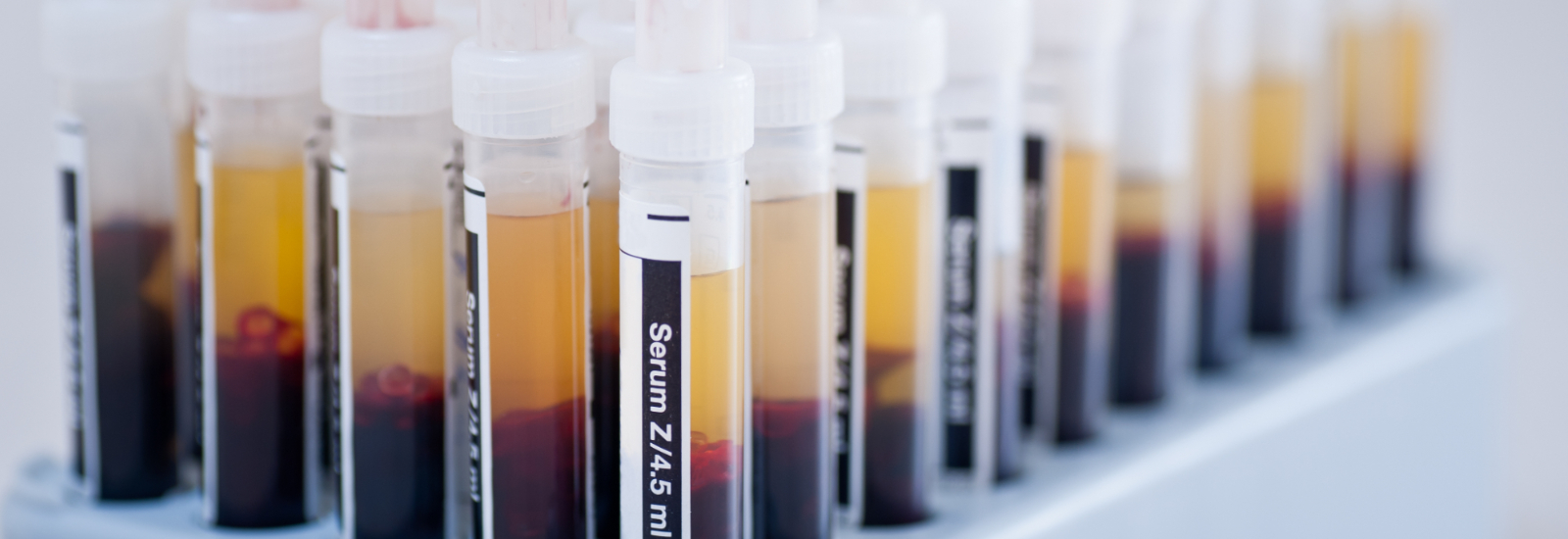Biomedical Technology expert, Dr Al Edwards, tells CONNECTED what testing technology we have, and what we can expect to see becoming available soon to tackle the spread of COVID-19.
 One of the key factors in stopping the spread of COVID-19 across the globe is testing. Around the world, testing has been used to quickly identify and isolate those with the virus, and it is also paramount in calculating accurate infection and survival rates – data that is critical for getting public safety measures right. Dr Al Edwards – an interdisciplinary researcher from Reading School of Pharmacy working on developing affordable, portable tests using technology for clinical diagnostics and microbiology – explains what tests are currently being used by health officials to tackle COVID-19, how much they really cost and what developments are to come.
One of the key factors in stopping the spread of COVID-19 across the globe is testing. Around the world, testing has been used to quickly identify and isolate those with the virus, and it is also paramount in calculating accurate infection and survival rates – data that is critical for getting public safety measures right. Dr Al Edwards – an interdisciplinary researcher from Reading School of Pharmacy working on developing affordable, portable tests using technology for clinical diagnostics and microbiology – explains what tests are currently being used by health officials to tackle COVID-19, how much they really cost and what developments are to come.
What testing is currently available?
There are currently two main ways to test for COVID-19 – one which detects the RNA of the virus and another which tests for antibodies. The first is a very sensitive test that looks for the RNA of the virus using a technique called RT-PCR, which can detect as little as one virus particle in swabs taken from inside the mouth or nose. The second type of test measures the antibody response to the virus in blood serum.
At the start of the outbreak, most countries relied on the former because they were the fastest tests to develop. For example, the UK was very quick to develop an RT-PCR test, and this remains the primary method of testing however, the availability of more antibody tests will help to fill in the gaps of reported cases data. The question is, which test is best?
Pros and cons
Whilst the first kind of test is very specific and sensitive, it can no longer tell if you’ve been infected once you have recovered from the virus. This creates significant uncertainty especially if someone has self-isolated due to mild and unclear symptoms. RT-PCR tests need a laboratory, meaning that the tests take longer to show results by the time sample collection, transport and sample processing has been accounted for.
In contrast, the antibody tests provide a more historical picture of past infections to scientists and health professionals, becoming a powerful tool to check if vaccines work, or to find out if people have encountered an infection.
However, current antibody tests for the novel coronavirus haven’t fully been tested yet to be sure they are reliable, and there are still some challenges in making and using them. Dr Edwards explains:
“Unlike RT-PCR, antibody measurement takes time to refine and needs viral components to be produced that then have to be purified and standardised. In order to check these tests are useful, very carefully collected sets of patient samples are needed.”
“An antibody test must be checked with many different samples, not only to understand accuracy, but to know how long after infection the sample becomes positive, and how long it stays positive after the patient has recovered. This has to be done with lots of different patients, because every individual generates a unique set of antibodies.”
In contrast, the RT-PCR test can be assessed by taking known amounts of the virus and checking the result, giving accurate results however, the process for running large numbers of the test makes it relatively slow and expensive.
Lab testing versus home testing
Another question surrounding the spread of COVID-19 is why home testing kits are not yet available. As Dr Edwards explains, these rapid tests, though faster and potentially cheaper, are not as accurate as lab testing. They are quick to manufacture and easy to use, but have to be carefully designed and validated, which is why they are not approved for use and we haven’t seen widespread official use yet.
As with vaccines, it is absolutely vital that any test is accurate and safe, and that takes time and money. Inaccurate tests in the current outbreak could be devastating for public health and safety. Current tests have an accuracy of around 80% which sounds promising however, this would mean 1/5 tests are wrong. Dr Edwards also cautions against the use of these tests outside of the lab. Without the proper training, it is easy to make an error when using them.
The future of COVID-19 testing
As Dr Edwards highlights, this contrast between accurate but laborious lab tests, versus less accurate but portable rapid testing, is why research groups, such as our own at Reading, are working hard to develop novel microbiology and blood testing technology.
One major aim for innovators is to allow multiple laboratory tests to be performed in one small, portable and rapid device. At the same time, increasing the scale of conventional, validated tests, for example, by expanding NHS testing capacity, is equally critical to track and trace COVID-19 as the current pandemic develops. Dr Edwards comments:
“I hope the current urgent need for tests will drive both rapid uptake of innovative technology, and at the same time boost our capacity to detect microbes and viruses using tried-and-tested laboratory methods.”
Find out more about Dr Edwards’ research.
This article was first published in The Conversation on 24 March 2020.




